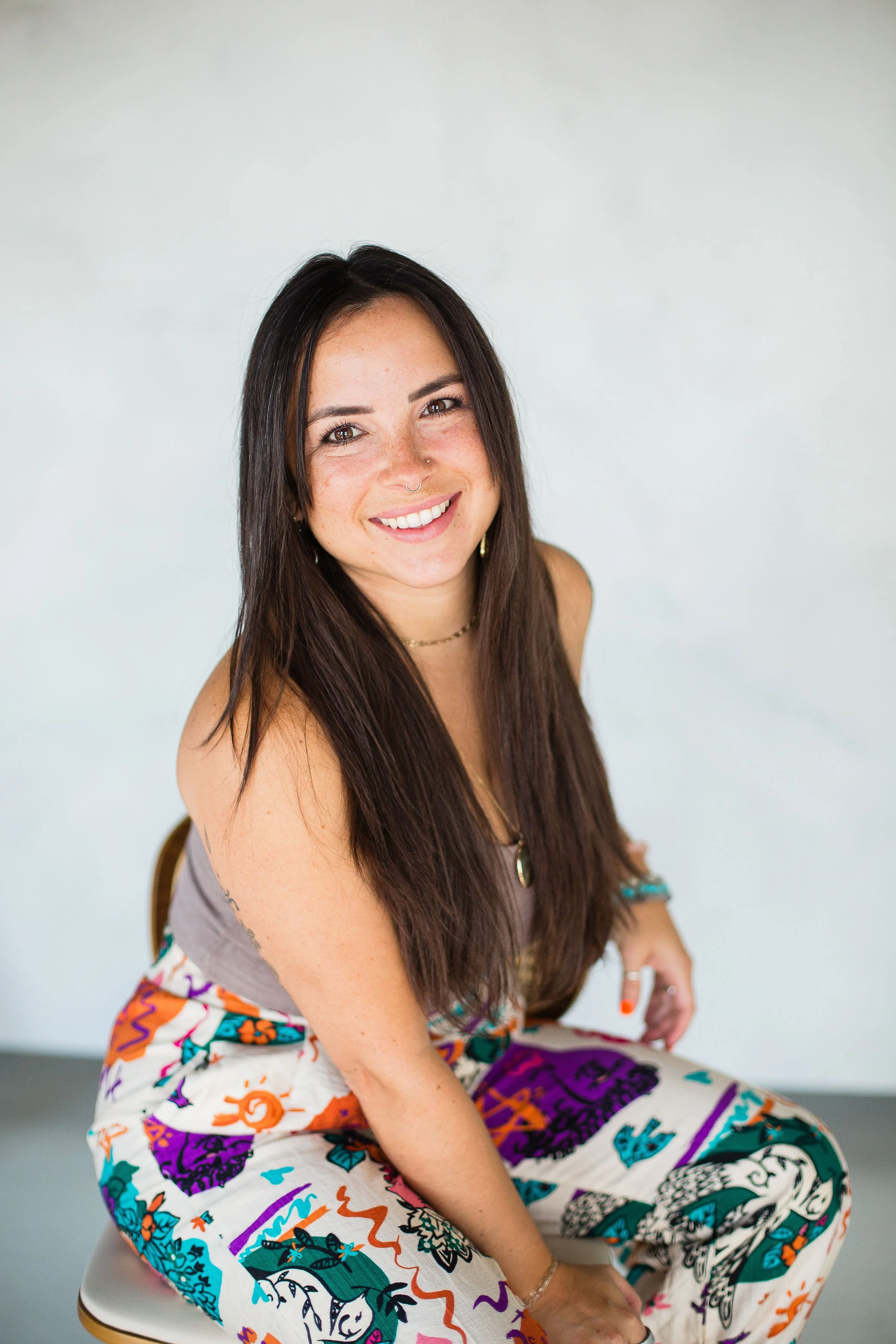Winter Depression (SAD): Signs, Prevention Tips, and Therapy Support in Arizona
TL;DR
Seasonal Affective Disorder (SAD)—aka “winter depression”—is more than just the winter blues. As daylight fades, your body’s natural rhythms and mood-regulating chemicals shift, leaving you drained, irritable, or unmotivated. The good news? There are tools to help you maintain emotional balance and get ahead of SAD symptoms before winter hits.Every year around this time, you might feel your energy dip and motivation fade. Suddenly, your bed feels like the coziest (and safest) place on earth. You’re not lazy—you might just be feeling the effects of Seasonal Affective Disorder, or SAD.
It’s more common than most people realize, especially in places where the winter days get shorter and the sunlight gets weaker (yes, even here in sunny Arizona). The shift in light messes with your brain chemistry, sleep, and mood—but once you understand it, you can take steps to protect your mental health before winter even arrives.Why Some People Experience SAD
When the amount of natural daylight decreases, your circadian rhythm—the internal clock that helps regulate your sleep and mood—can get thrown off. This affects your serotonin (the feel-good hormone) and melatonin (the sleep hormone), which can lead to low energy, sadness, and difficulty focusing.Some people are more sensitive to these changes because of genetics, environment, or existing mental health challenges like anxiety or depression. The result? Winter rolls in, and suddenly your nervous system feels like it’s wading through molasses.Coping Strategies for Emotional Balance
The key to managing winter depression is creating structure, light, and warmth—inside and out. Here’s how to stay balanced when the dark days hit:
☀️ 1. Chase the Light
Get outside within an hour of waking up.Consider a light therapy box (10,000 lux) to mimic natural sunlight.
🧘🏽♀️ 2. Move Your Body—Gently
Movement helps boost serotonin and release tension. You don’t need to train for a marathon; even a brisk walk or yoga flow counts.🍲 3. Nourish Your System
Your brain loves routine and nutrients. Keep blood sugar steady with protein, complex carbs, and hydration (yes, water still counts in winter).🤝 4. Stay Connected
Isolation feeds SAD. Reach out to friends, join a class, or consider therapy for seasonal shifts to stay accountable and supported.🌿 5. Create Cozy Structure
Your nervous system thrives on predictability. Keep a regular sleep schedule, add gentle rituals (like candle-lit journaling or evening tea), and allow softness without spiraling into shutdown.How Therapy Supports Seasonal Challenges
Therapy helps you do more than just “get through” winter—it helps you understand what’s happening beneath the surface.In session, we might explore:Your emotional patterns and how seasons amplify themThe beliefs that show up when energy dips (“I’m unproductive,” “I’m falling behind”)How to regulate your nervous system with grounding, somatic, or EMDR tools
Therapy can help you identify early warning signs of SAD symptoms and build coping strategies before burnout or depression hit full force. It’s about giving your system the care and structure it needs to feel balanced again.You Don’t Have to Wait for the Winter Blues to Hit
If you know seasonal shifts tend to knock you off your game, now’s the time to prepare. Therapy can help you strengthen emotional balance before the days get shorter.
📍 In-person intensives in Gilbert, AZ 💻 Virtual intensives available throughout Arizona👉🏽 Schedule your free 15-minute consultation
Let’s explore trauma-focused therapy and start your healing journey today.🤎🌿✨About the author
Karla Storey is a licensed trauma therapist based in Gilbert, Arizona and the founder of Anthology Collective. She specializes in helping high-achieving women heal from emotional neglect, perfectionism, and hyper-independence using EMDR, somatic therapy, and parts work. Karla offers both weekly sessions and EMDR intensives for clients who are ready to stop performing and start feeling. Her approach is warm, real, and rooted in lived experience – because she’s done the healing work too.


